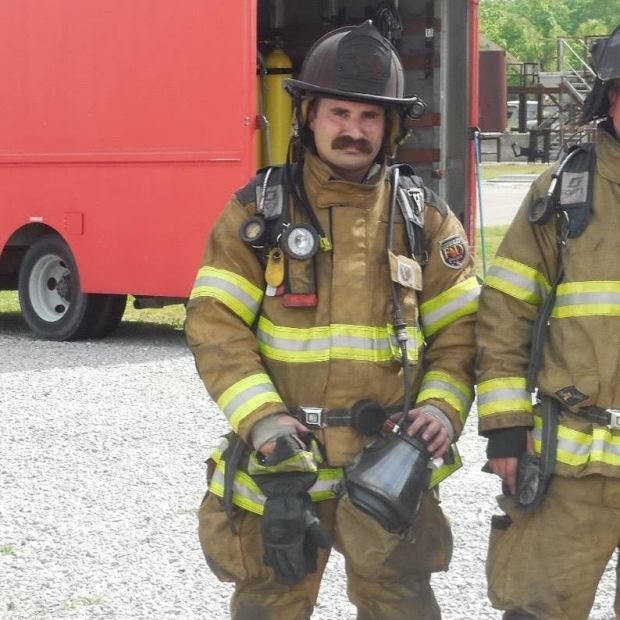Not all engines are created equal; this is obvious from station to station. This truth is especially prevalent when considering the range of occupancies across districts. However, when your first due area is one of the nation’s largest oil refineries, it quickly becomes less about halligan bars and more about protection. “Aggressive” is not a term we generally associate with industrial responses, as they can often be long, drawn-out events where calculation pays off more than brawn. Through training and pinpointed drills, we can begin to develop the culture necessary for an aggressive industrial engine company.
Industrial Fire

The Driver/Operator
Miniature cities; it’s what we’re navigating through in the field. A road, roadblocks, and routes through a refinery must be constantly tracked and double-checked from major construction projects ongoing in a facility to an accidental release-blocking. Ensure the most logical route to the source of a call is not currently blocked, or when you are aware of a blockage, how can I access the target process area with the block in place. Always leave yourself a passage if a fire on the Bravo/Charlie corner needs attention; what’s your quickest access. These simple questions or pop-up drills can often come up with multiple options; we all benefit when we work together like this.
Aggressive Industrial Fire Attack
To be an aggressive and efficient company, each team member must fully understand their place in the madness. A response inside your facility has quite the same structure as one in the municipal world would. By this, I mean we have the same scene priorities; Intervene with on-scene rescue potentials, water supply, and then attack. Each cog needs to be seamless to make this happen in an acceptable time frame to be successful.
Check out Ryan Henry in Fire Engineering: 'Preparing municipal responders for Industrial Fire responses' Click below.
Nozzleman
How much fire do we have, and what needs to be protected? Refinery engineers didn’t always have real estate to spare when designing large processes. With this being said, an effective nozzle man needs to lay down the correct amount of exposure protection to the correct area as quickly as possible. Whether it be as small as an inch and half handline to a fixed master stream, deploying incorrectly can cause major disruptions in cooling, which spells disaster for industrial firefighting. We are not only considering process lines and structures when I say this. Firefighters must consider the number of communication lines and process control instrumentation that a large fire can severely disrupt. When refinery operations lose main control of process instrumentation, units can be severely “upset,” leading to the overpressurization of lines or vessels in other parts of the refinery.
- Practice how fast your crew can get a 2.5-inch line off of the engine, split with a gated wye, and have two smaller handlines out and on a predesignated target.
- If your procedures call for LDH cooling out of the gate, how can your engine be set up to deploy a fixed monitor or blitz more efficiently? Have crews try different hose stretch techniques – What you’re doing now may be wonderful, but it can ALWAYS be quicker. Challenge crews to find a faster way.
As an industrial crew, we often can take for granted how our call-outs are “low frequency” compared to our municipal counterparts. However, do not let this fool you; because while our job is “low frequency,” the time we need to step up is always “high risk.”
 About the Author
About the AuthorRyan Henry currently serves as the training officer for two volunteer fire departments in Calcasieu Parish, Louisiana. Ryan also works in operations at a major gulf coast oil refinery and serves as an ERT firefighter and their Hazardous Material Response Team Training Coordinator. Ryan holds an AAS degree in Process Plant Technology and currently serves as an LSU/FETI Lead Evaluator for Louisiana.



